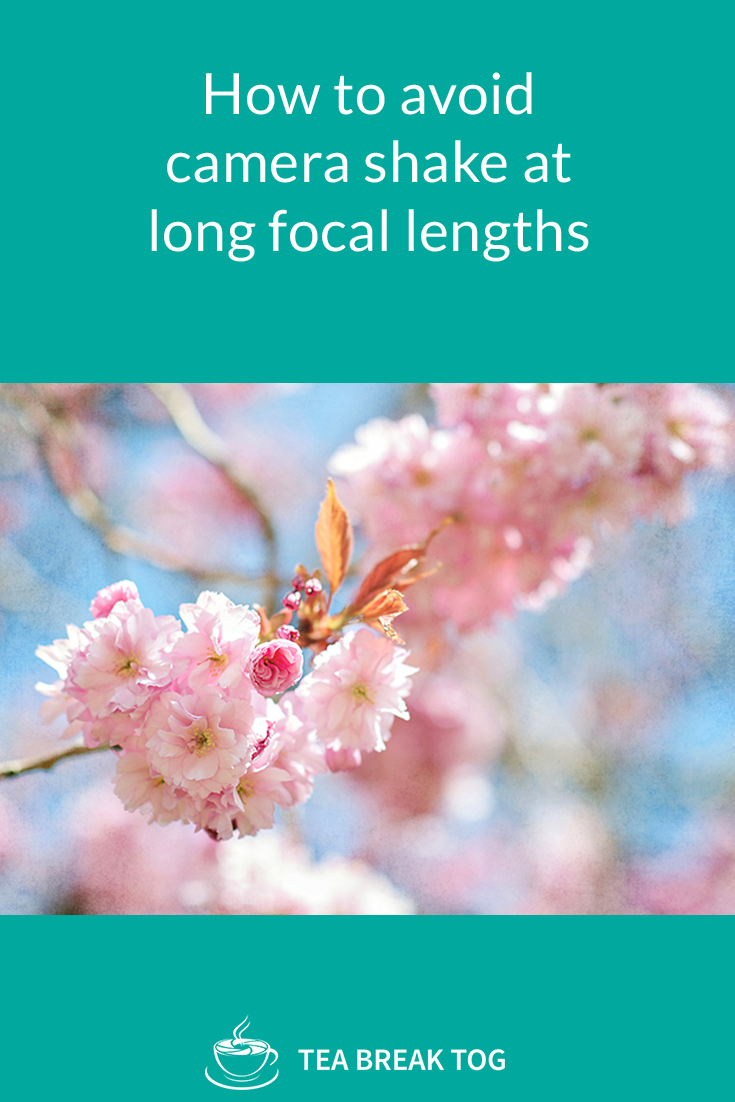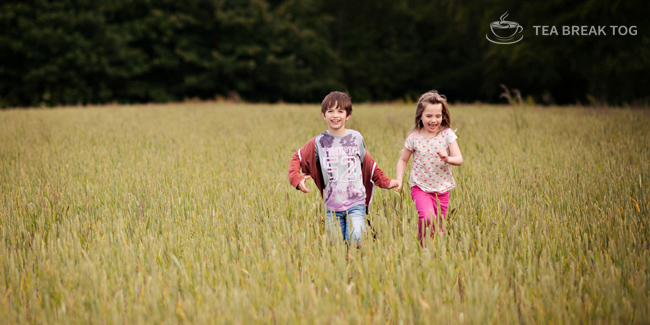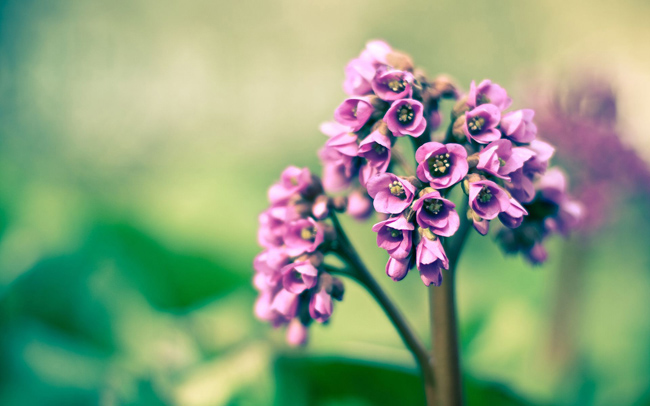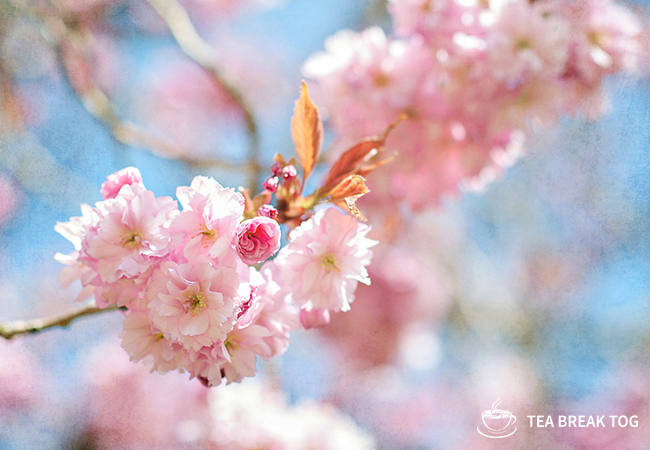How to avoid camera shake at long focal lengths – Ep.34
Today is all about achieving sharpness when handholding your camera and shooting with longer focal lengths. Why should this be any different to shooting with shorter focal lengths and what do you need to know to avoid camera shake at long focal lengths?
Today’s show is probably going to be short and to the point because it is really quite straightforward. But even though it is straightforward it is something that lots of learners I talk to are not aware of so I thought it was a worthwhile podcast topic.
This episode assumes you understand a bit about ‘focal length’. However, don’t worry if you don’t because, guess what? I have you covered in episode 14 so check that out if you would like the ‘101’ on focal length first.
We have addressed sharpness at several points in the podcast. If you follow along then you already know that there are several factors that contribute towards producing a sharp image. Your stance, grip and general shooting technique are super-important (more on that this week) and the autofocus settings you select also play a vital role. However, your shutter speed is absolutely crucial if you are handholding your camera and/or if you are shooting moving subjects.
Your shutter speed has to be faster than anything that is moving in your scene. But it also has to be faster than the speed you are moving at too.
Just the act of breathing can cause camera shake if your shutter speed is too slow. Camera shake = blurry images!
There is a general rule that gets bandied about a lot and that is that you should keep your shutter speed faster than 1/60 sec if you want to avoid camera shake from handholding your camera. Us humans really can’t stay completely still for longer than that (that still kind of blows my mind – I mean, can we really not manage that?!)
However, that is just half the story.
I want you to imagine that you are using a focal length of 50mm. This focal length has a standard angle of view. For those of you using cropped sensor cameras, 35mm will give you a 50mm experience (check out this episode to understand why this is).
When you are using a focal length of 50mm everything looks pretty ‘standard’. Your subjects are going to appear to be about the same distance away from you as they actually are in real life and the amount you see to each side of your subject is also similar to what you see with your eyes.
Imagine you are taking a photograph of a flower in the park and you have managed to get nice and close. It’s a still day so you don’t have to worry about the flower moving. All you have to worry about is your movements. You are looking through your viewfinder at the flower and getting ready to take a photograph. As you do this you are obviously moving a little. We all do, albeit some more than others.
Maybe you have just had a coffee and you have some caffeine jitters.
Well, those jitters won’t be too obvious for this shot. You are probably just moving your camera by a couple of millimetres and it will hardly be noticeable. Let’s say you have exposed for the flower and you have ended up with a shutter speed of 1/60 sec. This should be fast enough to allow you to achieve a sharp image of the flower. You should be able to stay still for 1/60 sec.
Now I want you to imagine a different scenario. This time you are in the same park and you want to take a photograph of another flower. But this time it is cherry blossom and it is way up high in a tree. You want to get closer, but since you can’t fly, the only way to do this is to use a longer lens if you have one. So let’s say you switch to a 70-200mm lens and you zoom all the way in to 200mm.
You have now brought that flower much closer to you. You have magnified your scene.
It is vital that you understand that not only have you magnified your scene, you have also magnified your movements! Now when those caffeine jitters cause you to move your camera just a millimetre or two it seems like a whole lot more than that inside your scene. It might appear like you are on a trampoline – it really depends how much of that caffeine you have had! Every movement is magnified meaning you can no longer get away with that shutter speed of 1/60 sec.
You will need a much faster shutter speed with this new focal length. The minimum shutter speed you should now aim for is 1/200 sec.
To get this faster shutter speed you might need to open your aperture wider or increase your ISO. Whatever you do though, you must make sure your shutter speed is fast enough to deal with your magnified movements.
I know what you are thinking. How will you know if your shutter speed is fast enough?
Well, it just so happens that there is a handy little rule to help you with this.
To avoid camera shake, your minimum shutter speed when handholding your camera should match the focal length you are shooting with.
E.g. If you are shooting at 125mm you shouldn’t let your shutter speed drop below 1/125 sec or if you are shooting at 500mm you shouldn’t let your shutter speed drop below 1/500 sec.
That makes it pretty easy to remember I’d say, however, don’t forget that if you are shooting with a cropped sensor you need to multiply your focal length by around 1.5 to take into consideration the crop factor.
E.g. If you are shooting at 55mm this is actually closer to 80mm which means that you shouldn’t let your shutter speed drop below 1/80 sec. Similarly, if you are shooting at 200mm, this is actually 300mm and you shouldn’t let your shutter speed drop below 1/300sec.
Don’t forget all of this just becomes second nature the more you practice. (There I go again with the practice!)
What about the ‘image stabilisation’ and ‘vibration reduction’ options on lots of lenses these days?
It is important to mention these because these settings are available on most new lenses these days. I certainly have mine switched on all the time.
Switching these on does, in theory, allow you to shoot sharp images at slower shutter speeds. How much slower really depends on your technique and your equipment. Honestly, I try to keep to the ‘tried and tested’ rule I have outlined to you above. I have my vibration reduction switched on but I only rely on it if I really have to. I have a pretty shaky grip (it must be all that coffee!)
Next time I am talking about stance and grip and how much they matter if you want sharpness in your images and I will share with you my top tips to make yourself as stable as possible when you are shooting.
For now, let me know your thoughts on the relationship between minimum shutter speeds and focal lengths. Is this something new to you? If so I hope it will help! If not, do you have anything you can add? As always, I would love to hear from you!
The post How to avoid camera shake at long focal lengths – Ep.34 appeared first on Tea Break Tog.
From The Podcast
Tea Break Tog Photography Podcast
Do you want to improve your photography but are turned off by all the jargon, tech and science? Do you struggle to find the time to develop your skills?My name is Julie Christie and I host the Tea Break Tog photography podcast. My show aims to deliver straight-forward photography lessons, tips and chat to you every week. Episodes are short and focused meaning this is learning that will fit easily around your busy schedule. Let me help you to take control of that camera and capture stunning images!For more information visit www.teabreaktog.com. To get in touch simply click the contact tab on the website or tweet me @TeaBreakTog!Join Podchaser to...
- Rate podcasts and episodes
- Follow podcasts and creators
- Create podcast and episode lists
- & much more
Episode Tags
Claim and edit this page to your liking.
Unlock more with Podchaser Pro
- Audience Insights
- Contact Information
- Demographics
- Charts
- Sponsor History
- and More!

- Account
- Register
- Log In
- Find Friends
- Resources
- Help Center
- Blog
- API
Podchaser is the ultimate destination for podcast data, search, and discovery. Learn More
- © 2024 Podchaser, Inc.
- Privacy Policy
- Terms of Service
- Contact Us





